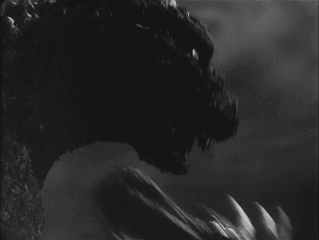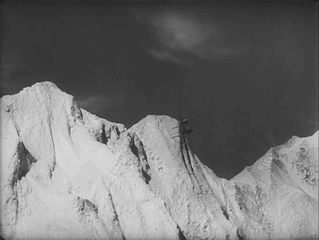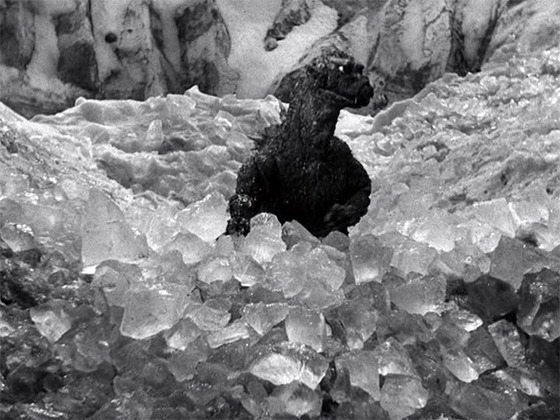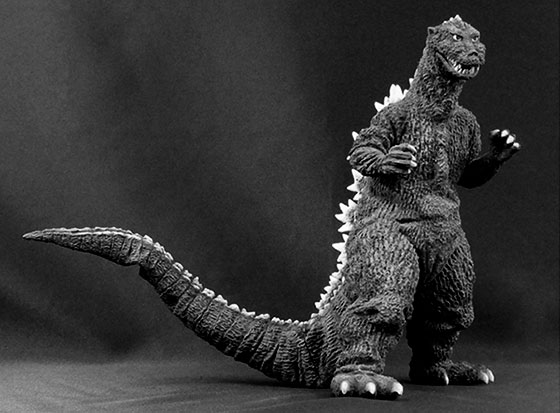6.3.14
In the wake of the release of Godzilla 2014, I’ve been returning to the roots of Godzilla by rewatching each film. Last night I watched Gigantis the Fire Monster. I have to admit that Gigantis (a.k.a. Godzilla) was not my favorite film and I had only seen it about two times. And my appreciation and understand of Godzilla were lacking because of it.
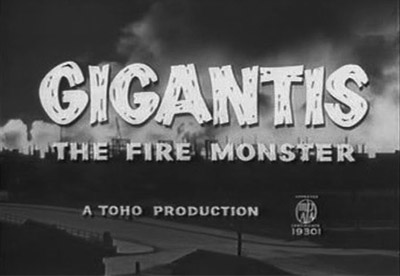
Like its predecessor, Gigantis has fascinating scenes that reveal the meaning of this monster and those that follow him. In a previous blog, I applied René Girard’s theory of the scapegoat to Godzilla (1954). This theory is readily applicable to Gigantis as well. The evolution of the earth is explained and the source of these monsters is revealed. Closely associated with evolution are these beasts who reflect the chaotic world from which they arise. They were “the original giant murderers, original plundering murders, who ruled the earth.” In the beginning, the world was much hotter and underwent violent climate change. They went into hibernation as the world cooled. But later they would be awakened when humans unleashed the hydrogen bomb with its radiation.
